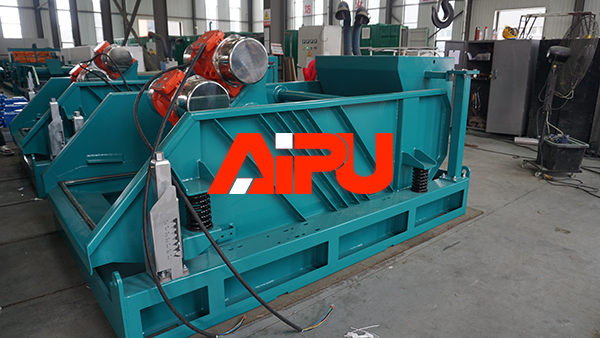Shale shakers are critical pieces of equipment in drilling operations, serving as the first stage of solids control in drilling fluids (mud). Their primary function is to separate drill cuttings from the mud, ensuring the fluid can be reused efficiently while maintaining optimal drilling performance. Over the years, various types of shale shakers have been developed to address specific challenges in different drilling environments. Below is an overview of the most common types:
Linear Motion Shale Shakers
Linear motion shakers use a straight-line, reciprocating vibration motion generated by two counter-rotating vibrators. This design provides a high G-force and large throwing capacity, making them ideal for handling heavy drilling loads and coarse cuttings. They are widely used in vertical and directional drilling operations due to their efficiency in removing large solids quickly.
Elliptical Motion Shale Shakers
Elliptical motion shakers combine circular and linear motion, creating an elliptical trajectory. This design reduces the peak G-force compared to linear motion shakers, resulting in less fluid viscosity loss and finer particle separation. They are well-suited for horizontal drilling and applications where delicate formation protection is required.
Balanced Elliptical Motion Shale Shakers
A variation of elliptical motion shakers, balanced elliptical models minimize vibration transmission to the shaker’s base, reducing noise and structural stress. This balance improves equipment longevity and operator comfort while maintaining effective solids removal.
Dual-Deck or Triple-Deck Shale Shakers
These shakers feature multiple screening decks stacked vertically. Dual-deck shakers use a coarse screen on the top deck and a finer screen below, while triple-deck models add an extra layer for ultra-fine separation. Multi-deck designs enhance processing efficiency by grading cuttings progressively, making them popular in high-demand operations like offshore drilling.
Variable Frequency Shale Shakers
Equipped with adjustable vibration parameters (frequency, amplitude, and direction), these shakers adapt to changing drilling conditions. Operators can optimize performance for varying mud weights, flow rates, and cuttings sizes, offering flexibility in complex wells.
High-G-Force Shale Shakers
Designed for demanding applications, high-G-force shakers generate intense vibrations to process viscous mud or sticky cuttings. They are often used in geothermal or unconventional drilling where solids control is particularly challenging.
Conclusion
Selecting the right shale shaker depends on factors like drilling method, mud properties, and environmental conditions. Whether you prioritize high throughput, fine separation, or adaptability, modern shale shakers offer tailored solutions to meet diverse operational needs. If your project requires a reliable and high-performance shale shaker, choosing Aipu Solid Control Company is the best choice.

